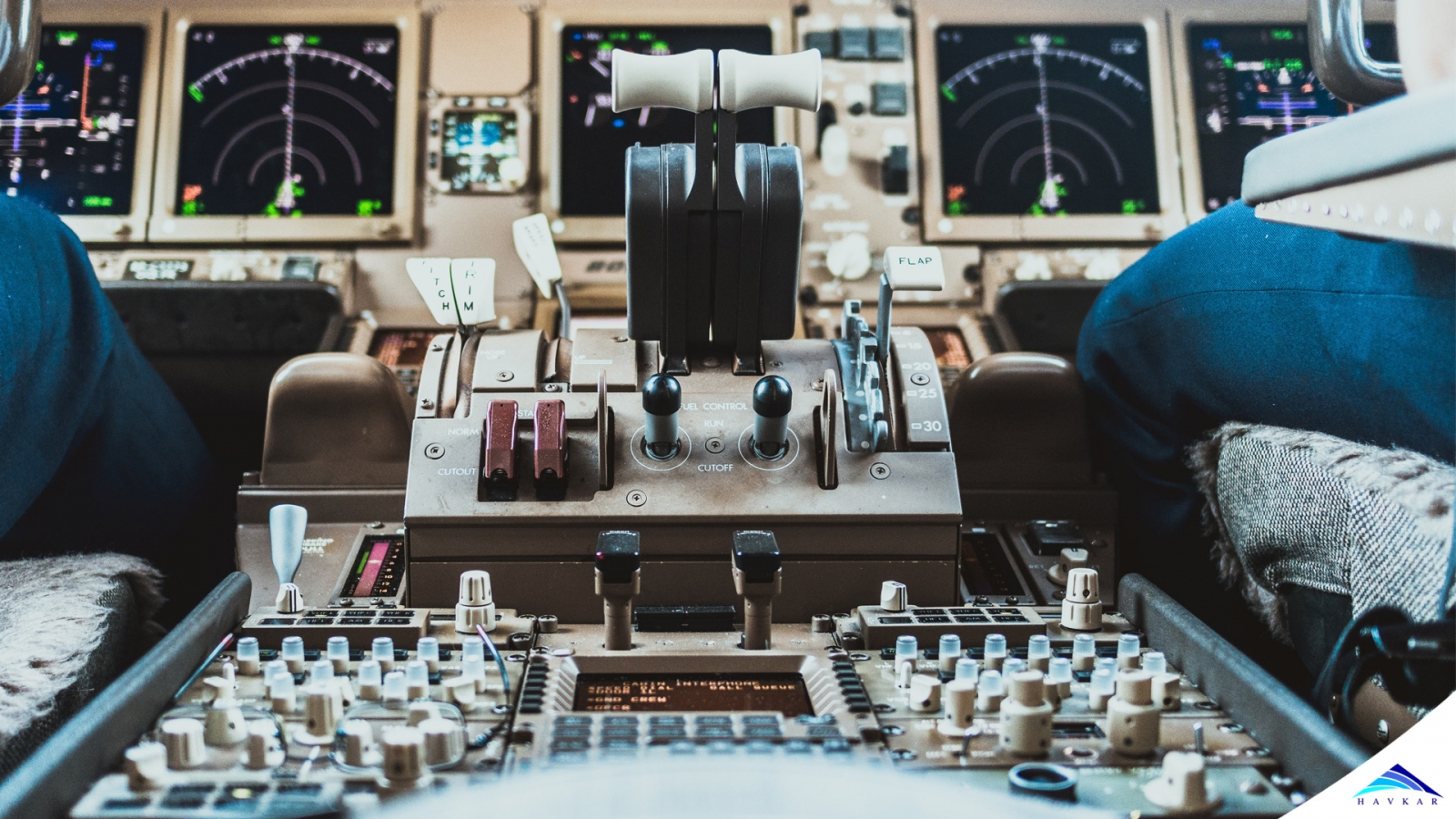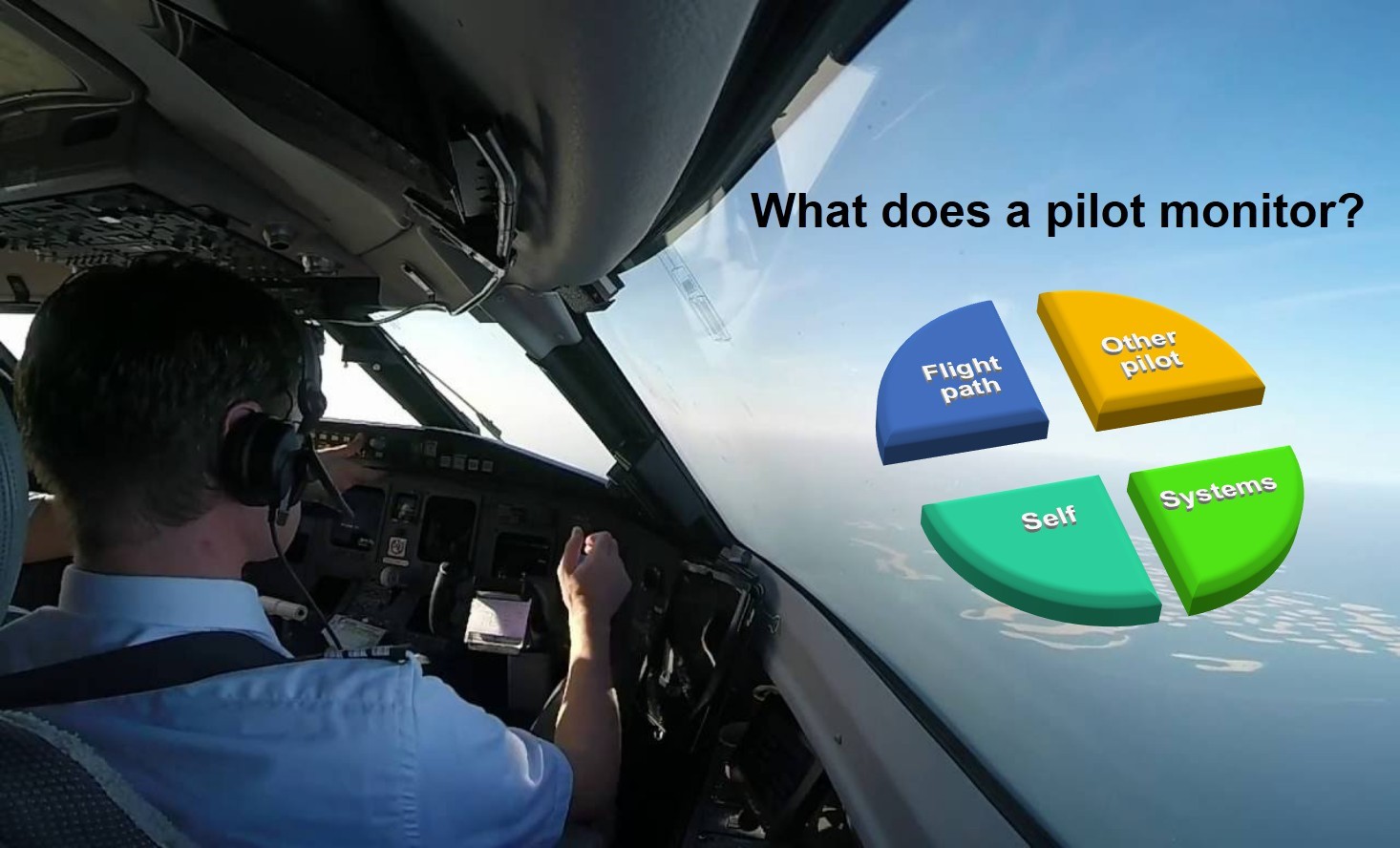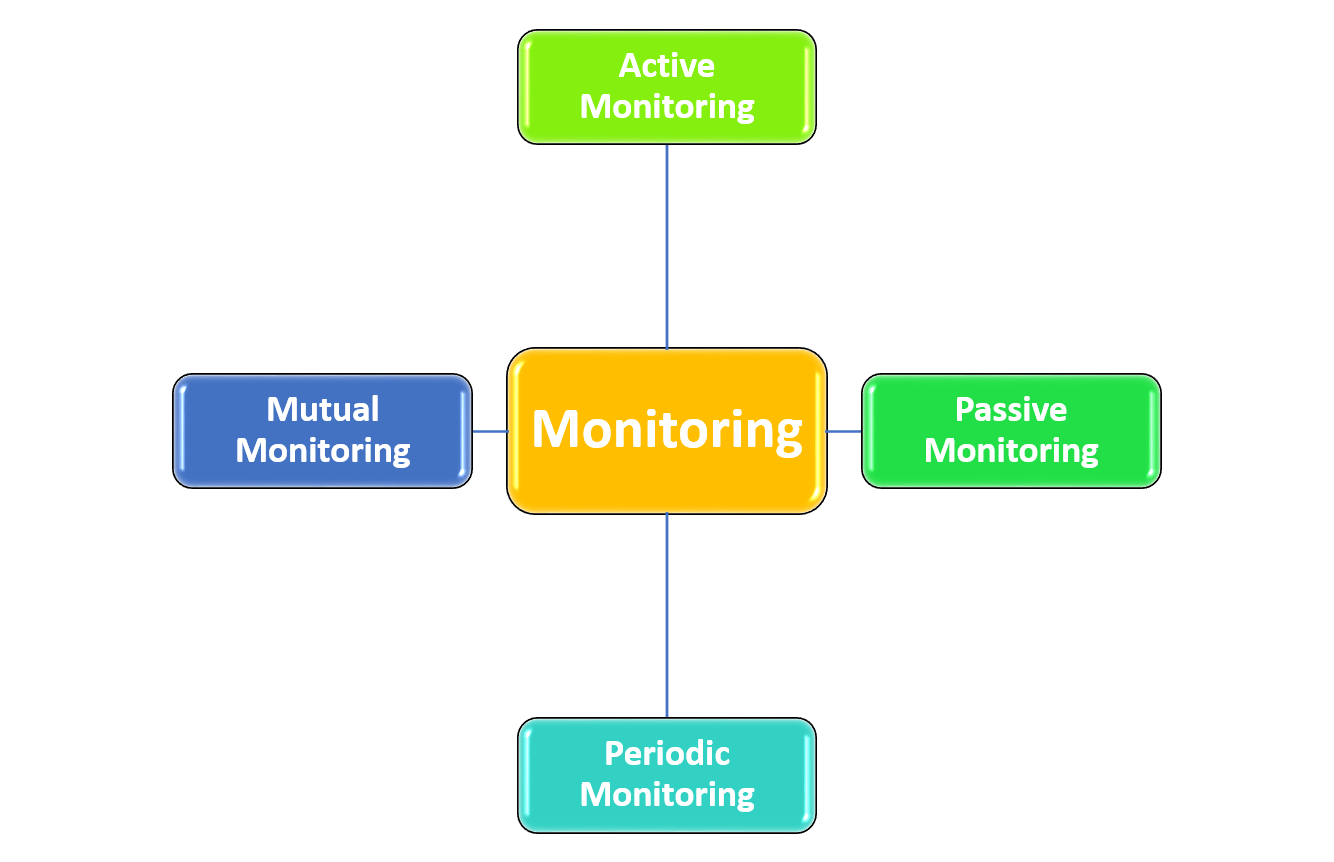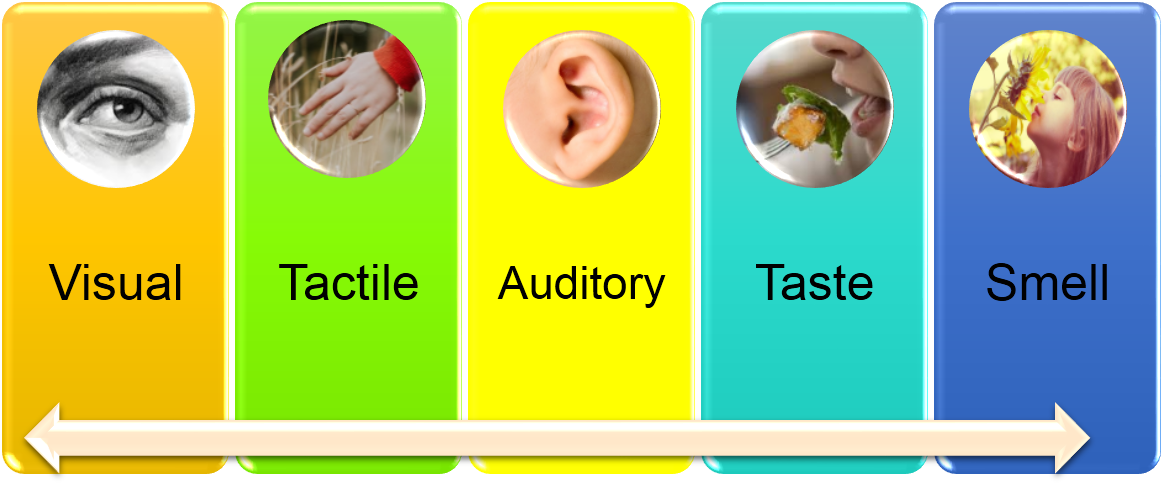
Researchers and accidents investigation experts strongly negate this opinion. Human beings are destined to commit errors in every walk of life. Sadly, the aviation industry is not an exception and history has witnessed numerous accidents where a minute error caused enormous loss of lives and assets. Hence, it is imperative to monitor errors in generals and pilot errors in particular for safe and efficient functioning of an aviation organization. Later in this article, we will divulge upon means and measures to improvise our monitoring skills to avoid any such like incident or accident.
Pilot Error
First things first! Let’s have a look at intricacies of term “Pilot error”. When a pilot is deemed responsible for an accident where aircraft was perfectly fly worthy and in complete serviceable condition, it is known as Pilot error. Another name for pilot error is Cockpit Error. It can be defined as a mistake, slip, lapse in judgment or failure to exercise due diligence by a pilot during the performance of his/ her duties. A deliberate disregard for a laid down procedure will also be considered as a Pilot Error.
Failure to Exercise Due Diligence
A pilot may be declared to be in error even if the investigating body considers that he failed to exercise due diligence. Apportion of blame in such a case would depend upon whether the pilot reasonably anticipated the danger and resultantly, took reasonable steps to avoid that particular risk or not. For example, flying into a hurricane would be considered a Pilot Error whereas flying into a microburst would not be considered an error as long as, it was not detectable by the pilot at that particular moment or it happened at a time before identification of microburst as a hazard.
What is Monitoring?
Monitoring is merely the observation and correct interpretation of following aspects:
It involves a cognitive evaluation of real time parameters against the expected values, modes and procedures. Keeping a watchful eye on the other crew member and timely intervention in the event of deviation from a standard procedure is also an integral part of monitoring.


Pilot monitoring aspects
Cockpit Monitoring Types
Active Monitoring
A proactive approach where a conscious and selective attention is paid to a primary task. It demands commitment and energy but improvement in situational awareness however, will be significant. It is related to the monitoring tasks where a callout is required and may also include cross checking of following aspects:-
Passive Monitoring
It is an involuntary or reflex action which is normally outcome of stimuli from the brain. In this type of monitoring, a stimulus is generated and you are pulled back to primary tasks as something alarming or distracting intervenes such as an audio or visual warning in the cockpit. Proper surveillance and maintaining a scan of the instruments throughout the flight operation is absolutely necessary to avoid the possibility of missing out any vital indication or warning.
Periodic Monitoring
Carrying out a check after every regular interval of time or on reaching pre-defined locations is known as Periodic Monitoring. Types of parameters which are checked periodically may include:
Mutual Monitoring
When an action is carried out by one crew member and cross-checked by the other, it is said to be Mutual Monitoring. It does not hold good for the captain only, co-pilot or first officer regardless of his experience also needs to be assertive enough to question, challenge and intervene, in case a situation demands so. A heightened level of attention and care by crew is mandatory especially during:-


Cockpit Monitoring Types
How do we Monitor?
Mechanics of monitoring are multifaceted and involve the selective application of mental resources to decode the sensory inputs whilst performing a goal directed task. The senses related to monitoring are mainly visual but tactile inputs from the controls particularly in the event of a stall can help a lot in identifying it. Similarly, the sense of smell and taste can arrest the attention of the pilot in the event of a fire in flight where fumes happen to reach the cockpit as well. Auditory sense is also of vital importance as loss of engine noise is considered prominent indication of engine flameout. Moreover, there are numerous audio warnings in cockpit to notify pilot of any emergency situation.


Senses related to monitoring.
Sharpen Your Monitoring Skills
In the remaining part of this writing, human attributes which can be polished to enhance monitoring skills will be discussed in detail.
Knowledge
In the aviation domain, there are four key knowledge related pre-requisites for pilots to achieve effective monitoring and constitute important elements of the pilot’s mental model:
(1) Understanding of aircraft handling characteristics under all configurations and flight regimes.
(2) Robust knowledge of how onboard systems behave and work under various conditions.
(3) Sound knowledge of Standard Operating Procedures (SOPs), flight plan and predefined agreement in the event of any variation in plan.
(4) Fully cognizant of potential monitoring breakdown situations. Pilot should be able to identify such like situations as early as possible.
Experience - Application of the Knowledge
Monitoring works hand in glove with mental capacity of a pilot, which in turn is a function of pilots flying experience. The more conversant the pilot is with a set of procedures/ system operations or aircraft, the greater will be his ability to monitor effectively.
Skill - Product of Both Knowledge and Experience
The monitoring skill is nothing but sheer ability to mentally fly the aircraft. At the same time, it is about anticipating the actions of the pilot flying and correlating aircraft’s responses and ensuring that all correct system modes are selected accordingly. By gathering all this information, it facilitates pilots in developing and maintaining accurate mental picture which is compared to his/ her mental model to create the situational awareness. Monitoring enables the pilot to:
Attitude - Personal trait that can be developed
It is related to a certain extent of self-preservation from overconfidence for both, our own self and aircraft as well. One should remain slightly sceptical about the system performance and monitor the system responses against the flight instruments to cross check correct operations. Similarly, one should avoid being complacent about the capability of other crew members and cross checking their actions against own mental model. This will really help to serve the purpose of monitoring
Communication - Fundamental to monitoring
Effective communication at all levels is intrinsically linked to monitoring skills. It involves all communications between; flight crew and controller, aircrew of different aircrafts flying in the vicinity. Communication helps all operators to be on same page and intentions of all agencies are well known to each other which enhances crew’s situational awareness and monitoring skills.


Skills to be enhanced for Monitoring
Recommendations
1. A pilot has to stay in the loop by mentally flying the aircraft even when autopilot or other pilot is flying the aircraft and when he feels distracted, should endeavour to get back in the loop as earliest as possible.
2. Always keep the monitoring; a priority task particularly when flight path changes are being made or any system is being operated.
3. Announcing situational updates to the Pilot flying can be of great assistance. In cockpit, include ‘monitor me’ type comments to encourage timely intervention and remedial measures.
4. Lots of slips in monitoring are often the result of increased workload. To manage the workload effectively and efficiently, one can adopt following measures:-
Conclusion
Man continues to be a weaker link in the man-machine interaction of this era where technology is developing with a rapid pace. However, better selection, rigorous training and effective monitoring will definitely reduce pilot’s errors to a minimum level. Quite evident is the fact that a pilot error is not only a function of human nature rather it is determined by both exogenous and endogenous variables which are at times foreseeable. Environmental pressures that increase demand for a higher performance often play an important role in the occurrence of a pilot error or a fatal aircraft accident. Enhancing performance through effective monitoring is very much plausible and it can play an important role in mitigating such risks to a greater level, hence saving many precious lives and costly equipment.